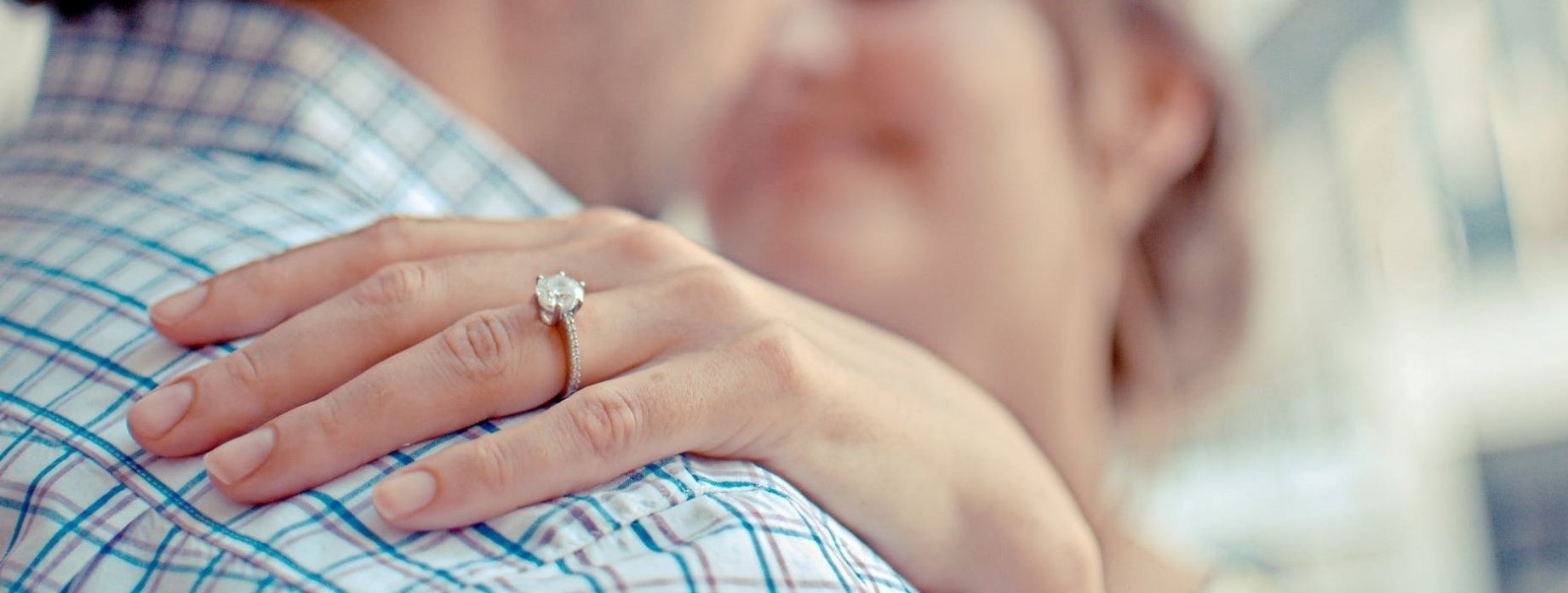 Diamond clarity is one of the 4Cs of a diamond that plays an important factor for your diamond purchase. Also, the clarity of the diamond is used in setting up the price on diamond earrings, diamond engagement rings, and diamond pendants. Being said, it is rare for a large-sized diamond to have nothing inside. Hence, the pricier the diamond, the cleaner it is.
Diamond clarity is one of the 4Cs of a diamond that plays an important factor for your diamond purchase. Also, the clarity of the diamond is used in setting up the price on diamond earrings, diamond engagement rings, and diamond pendants. Being said, it is rare for a large-sized diamond to have nothing inside. Hence, the pricier the diamond, the cleaner it is.
There is only an approximate of 20% clean diamonds that are seen among all the mined diamonds every year. They are used in diamond jewelry while the remaining 80% of diamonds are used for industrial purposes. Therefore, having the highest clarity grade diamond is one in a million circumstance.
What Is a Diamond Clarity?
The clarity of diamonds refers to the blemishes, impurities, and flaws inside and outside of the stones. Also, the clarity of diamonds gives its shine and brilliance together with its overall physical appearance. You can find some imperfections of the diamonds on the surface and spot defects. They naturally occur while others occur during the cutting procedure. Diamonds with no flaws do not exist at all. The expensive and extremely rare diamonds will always have a bit of flaws.
How to Evaluate the Clarity of Diamonds?
- Flawless (FL) means that there are no internal and external blemishes of the diamonds. Diamonds with flawless clarity have perfect clarity.
- Internally flawless (IF) means that there are no internal blemishes in the gem but might exhibit minor external flaws. IF and FL are often categorized as one clarity grade.
- VVS1 & VVS2 or “very, very slightly included.” They indicate the minimal imperfections of the diamonds. The skilled graders would even have a hard time seeing these minimal imperfections with their tools. VVS1 diamonds are somewhat better than the VVS2. Both are exceptionally high clarity of diamond grades with great values.
- VS1 & VS2 or “very slightly included.” They indicate much greater minimal flaws than in VVS. The human’s naked eyes may or may not see these imperfections.
- SI1 & SI2 are “slightly included” categories. The imperfections under this category can be spotted easily by experienced diamond grader and by just anyone who is looking thoroughly at the stones.
- I1, I2, & I3 are the “included” category. The significant flaws are visible either within or on the diamond surface. These flaws are visible even to an untrained eye.
Always keep in mind that the fancy diamonds also undergo an evaluation with the rest of the 4Cs. However, colored diamonds have lesser priority on a diamond’s clarity compared to the colorless diamonds. Why? It is because the stone color of the colorless diamonds covers the flaws easily that affect its clarity.
…


